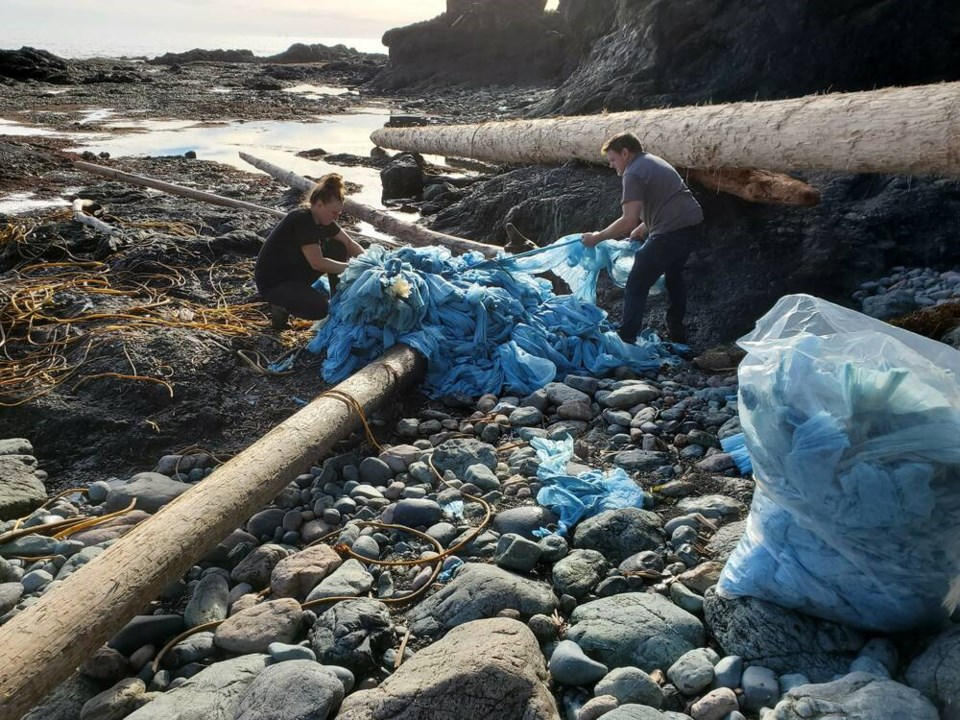"We are exercising our inherent rights to raise awareness about the concerns affecting our waters by being visible and conducting ceremony throughout our territory," says Wolske, organizer of Shining Water Paddle. Shining Water Paddle, an initiative by members of the Chippewas of Georgina Island First Nation, held its third annual ceremonial journey June 5 as they paddled around Lake Simcoe which has a shoreline perimeter of 303 km. Azhoonyang or Shining Waters is the Anishinabe name for Lake Simcoe, which is located in southern Ontario in the Territory of the Chippewa Tri Council, (Georgina Island, Rama and Beausoleil First Nations). Georgina Island is located in the southern shore of Lake Simcoe. The Chippewas of Georgina Island First Nation have been living under a long-term boil water advisory for years. A 2017, $2.6-million investment from Indigenous Services Canada was implemented to upgrade the community's water treatment plant, however residents in the eastern and southern part of the community still do not have access to treated drinking water.
Climate change causing more frequent warm winter temperatures: extreme weather expert
Climate change is causing mild winter temperatures to become more frequent across the country, one extreme weather expert says. Parts of southern Ontario have seen unseasonably warm temperatures and rainfall warnings in recent days, with some local conservation authorities warning the public to stay away from waterways as water levels are expected to rise due to rain and melting snow.
Credit Valley Conservation conducting public survey for development of new Credit River Watershed plan
Credit Valley Conservation (CVC) is conducting a public survey to get input for the development of its new plan for the Credit River Watershed. A watershed is an area of land that drains surface water and groundwater into a body of water such as a river or stream. Watersheds are essential for both people and wildlife. A healthy watershed will slow, clean, filter and store water which would reduce flood risk, improve water quality, provide habitat for a diversity of species and increase resilience in a changing climate.
‘Incredibly destructive’: Canada’s Prairies to see devastating impact of climate change
As the climate continues to warm at an alarming rate, experts warn if dramatic steps to mitigate global warming are not taken, the effects in Canada’s Prairie region will be devastating to the country’s agriculture sector. According to Environment and Climate Change Canada, the country is warming, on average, about double the global rate. Scientists with the National Oceanic and Atmospheric Administration in the U.S. recently found 2020 was earth’s second-hottest year on record, with the average land and ocean surface temperature across the globe at 0.98 of a degree C above the 20th-century average. However, the agency found the northern hemisphere saw its hottest year on record, at 1.28 degrees C above the average.
Former Neskantaga contractor accused of cutting corners in other First Nations
“They cut corners every day, every day,” said Justin Gee, vice-president of First Nations Engineering Services Ltd. Gee said he encountered these recurring problems while overseeing the work of a construction firm, Kingdom Construction Limited (KCL), building a water treatment plant 10 years ago in Wasauksing First Nation, along the eastern shore of Georgian Bay, about 250 kilometres north of Toronto. “You have to be on them every step of the way,” said Gee, who was the contract administrator on the project. “You can’t leave them on their own.”
Liberal government will miss drinking water target by years, CBC News survey shows
The Liberal government will miss a target it set during the 2015 federal election campaign to lift all long-term drinking water advisories in First Nations by March 2021 — in some cases by several years — according to a survey of communities by CBC News. More than a dozen First Nations said projects to end long-term drinking water advisories won't be completed by the promised deadline.
Oneida Nation of the Thames tap water different than neighbouring non-Indigenous communities
ONEIDA NATION OF THE THAMES — Jennifer George’s home sits on a gravel road that separates this Indigenous community near London, Ont., from the neighbouring township of Southwold. On George’s side of the road, virtually no one trusts the drinking water that flows from the Thames River to their homes. Many have the same 18-litre blue jugs that line the floor of George’s kitchen, ubiquitous sources of water for drinking and cooking.








